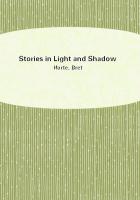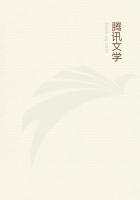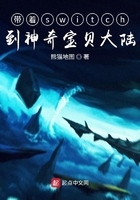I will not attempt to estimate the total thickness of the pile of strata forming this range, but it must amount to many thousand feet.The sedimentary and tufaceous beds have throughout a general similarity, though with infinite variations.The submarine lavas in the lower part of the series are mostly feldspathic, whilst in the upper part, on the summit and western flank, they are mostly basaltic.We are thus reminded of the relative position in most recent volcanic districts of the trachytic and basaltic lavas,--the latter from their greater weight having sunk to a lower level in the earth's crust, and having consequently been erupted at a later period over the lighter and upper lavas of the trachytic series.(See on this subject, "Volcanic Islands" etc.by the Author.) Both the basaltic and feldspathic submarine streams are very compact; none being vesicular, and only a few amygdaloidal: the effects which some of them, especially those low in the series, have produced on the tufaceous beds over which they have flowed is highly curious.Independently of this local metamorphic action, all the strata undoubtedly display an indurated and altered character; and all the rocks of this range--the lavas, the alternating sediments, the intrusive granite and porphyries, and the underlying clay-slate--are intersected by metalliferous veins.The lava-strata can often be seen extending for great distances, conformably with the under and overlying beds; and it was obvious that they thickened towards the west.
Hence the points of eruption must have been situated westward of the present range, in the direction of the main Cordillera: as, however, the flanks of the Cordillera are entirely composed of various porphyries, chiefly claystone and greenstone, some intrusive, and others belonging to the porphyritic conglomerate formation, but all quite unlike these submarine lava-streams, we must in all probability look to the plain of Uspallata for the now deeply buried points of eruption.
Comparing our section of the Uspallata range with that of the Cumbre, we see, with the exception of the underlying clay-slate, and perhaps of the intrusive rocks of the axes, a striking dissimilarity in the strata composing them.The great porphyritic conglomerate formation has not extended as far as this range; nor have we here any of the gypseous strata, the magnesian and other limestones, the red sandstones, the siliceous beds with pebbles of quartz, and comparatively little of the conglomerates, all of which form such vast masses over the basal series in the main Cordillera.On the other hand, in the Cordillera, we do not find those endless varieties of indurated tuffs, with their numerous veins and concretionary arrangement, and those grit and mud stones, and singular semi-porcellanic rocks, so abundant in the Uspallata range.The submarine lavas, also, differ considerably; the feldspathic streams of the Cordillera contain much mica, which is absent in those of the Uspallata range: in this latter range we have seen on how grand a scale, basaltic lava has been poured forth, of which there is not a trace in the Cordillera.This dissimilarity is the more striking, considering that these two parallel chains are separated by a plain only between ten and fifteen miles in width; and that the Uspallata lavas, as well as no doubt the alternating tufaceous beds, have proceeded from the west, from points apparently between the two ranges.To imagine that these two piles of strata were contemporaneously deposited in two closely adjoining, very deep, submarine areas, separated from each other by a lofty ridge, where a plain now extends, would be a gratuitous hypothesis.And had they been contemporaneously deposited, without any such dividing ridge, surely some of the gypseous and other sedimentary matter forming such immensely thick masses in the Cordillera, would have extended this short distance eastwards; and surely some of the Uspallata tuffs and basalts also accumulated to so great a thickness, would have extended a little westward.














